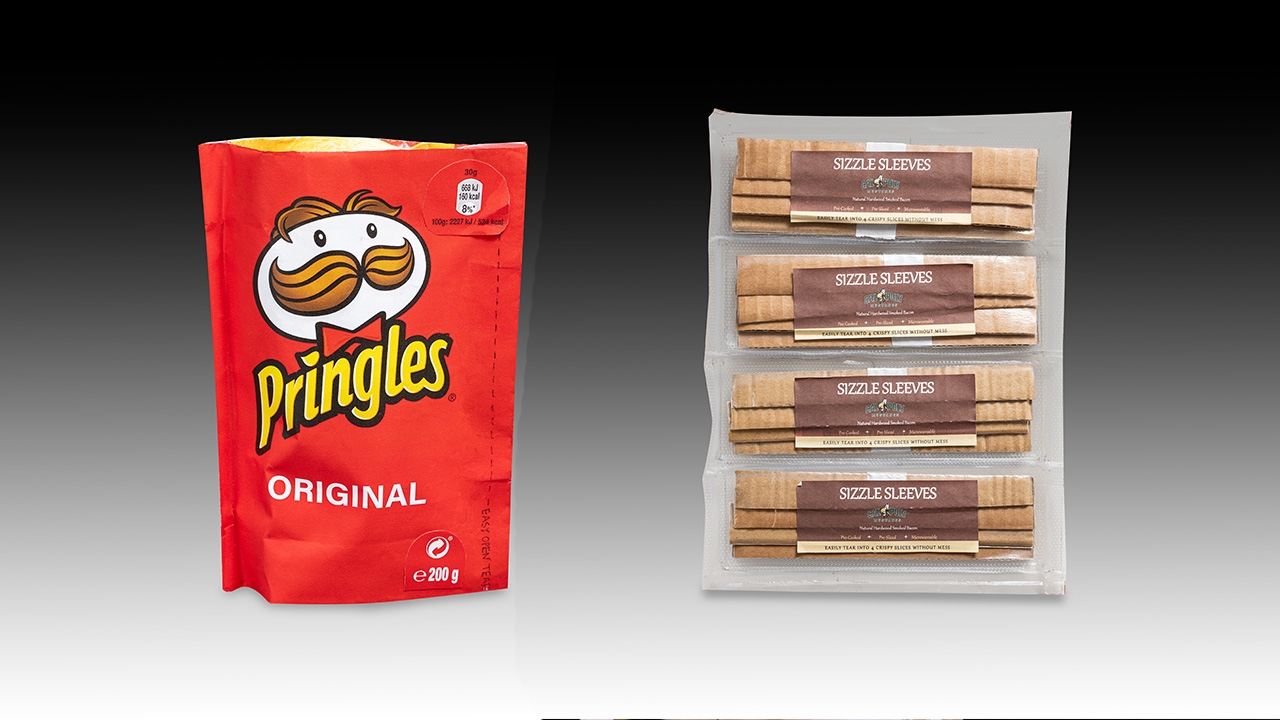FPA announces 2024 Student Flexible Packaging Design Challenge winners
The entries showed a high level of creativity and an understanding of the mechanical properties and the manufacturing processes involved.

The Flexible Packaging Association (FPA) has announced the FPA 2024 Student Flexible Packaging Design Challenge winners. This year’s first winner was a team of students from the University of Wisconsin–Stout, and the second-place winner was a team of students from the California Polytechnic State University (Cal Poly).
FPA’s annual Achievement Awards competition recognizes innovative flexible packaging from across its membership. The industry also believes it is important to encourage and recognize students who are working to become the next generation of packaging engineers and designers.
For the 2024 competition, FPA received 49 concept outlines from some of the top packaging design programs across the United States. From the concept outlines submitted, 11 were selected to continue to the development phase.
The first-place winner was a team of students from the University of Wisconsin–Stout, Starr Gong and Logan Searles, for their Pringles Side Opening Pouch concept. The students were under the direction of assistant professor, Xiaojing ‘Kate’ Liu. The concept called for a total redesign of the traditional Pringles package for a stand-up pouch with a flip stand feature. The re-sealable pouch and nitrogen-filled cushioning help to protect the chips from being crushed and retain product freshness. This concept also won an award for Best Video which will be promoted through FPA’s social media channels.
Liu said: ‘What made this design successful was persistence, attention to detail, and teamwork. Within the limited time, Logan experimented with many structures, overcoming trial and error to find the best solution for opening the pouch at the last minute. Starr took charge of graphic design and video production. After communicating with the structure design team, she quickly grasped the concept and created a clear visual representation. By cleverly flipping the side-gusset stand-up pouch, the new design perfectly achieved its intended goals and resolved the current packaging issues.’
‘Winning this competition is a powerful acknowledgment of students' creativity and dedication. It demonstrates that the industry values fresh perspectives and innovative ideas from the next generation of packaging professionals,’ noted Gong. ‘It is a reminder that hard work and persistence truly pay off and encourage us to continue thinking outside the box. This success is a testament to our ability to address real-world packaging issues, improve upon existing solutions, and push the boundaries of what's possible in packaging design.’
‘The FPA design challenge has been one of, if not, the most engaging challenges in which I have ever taken part,’ added Searles. ‘The unique nature of flexible materials offered a growing opportunity for me and gave me a hands-on experience to understand different plastics and their properties. I have always had an interest in design, and this competition allowed me to exercise that interest. From this, I see the endless applications for flexible packaging and my potential in the industry.”’
Sizzle Sleeves, a packaging concept for pre-cooked single-serve bacon slices, was the second-place winner. Garrett Foster, Haaken Pedersen, and Clorinda Webb from the California Polytechnic State University (Cal Poly) developed the concept under the direction of Joongmin Shin, Ph.D., Professor. Sizzle Sleeves revolutionizes how consumers enjoy bacon by offering a unique packaging solution that addresses convenience and suitability.
‘We tried to envision the most convenient, least messy way to package bacon. We drew some inspiration from products such as Otter Pops or Hot Pockets, as both products communicate the product use instructions and allow for a convenient user experience in opening and disposing of the packaging,’ said Pedersen. ‘This packaging alternative allows for a more convenient and less messy—no pan needed or plate—way of cooking and eating bacon.’
Shin added: ‘I am proud of our students for securing second place in the FPA Student Design Competition with their innovative portion-controlled bacon packaging concept. This design enhances the convenience of pre-cooked bacon and extends its shelf life. We are deeply grateful to the Flexible Packaging Association for offering our students a valuable platform to demonstrate their creativity and innovation. Opportunities like this are essential in nurturing the next generation of packaging professionals.’
Stay up to date
Subscribe to the free Label News newsletter and receive the latest content every week. We'll never share your email address.

